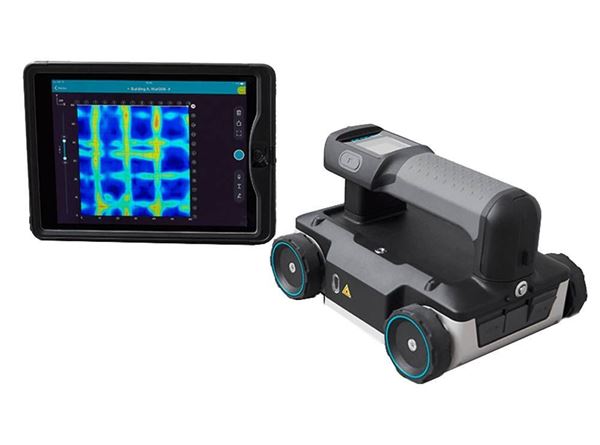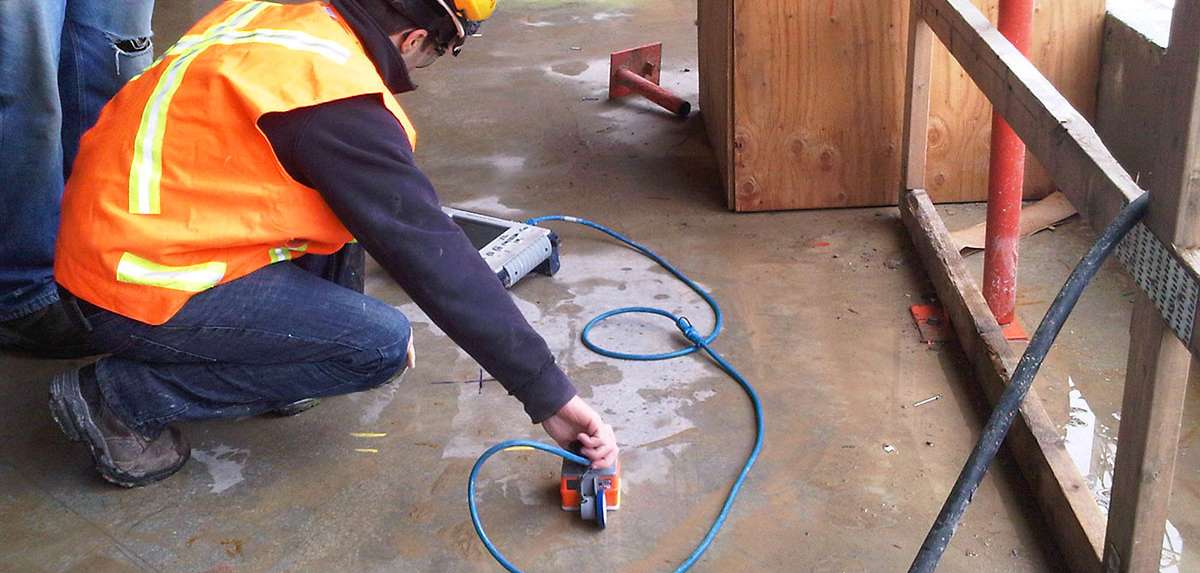Advanced Concrete Scanning Techniques: Making Sure Architectural Stability
Advanced Concrete Scanning Techniques: Making Sure Architectural Stability
Blog Article
Introduce the Transformative Power of Concrete Scanning in Making Best Use Of Effectiveness and Safety
Concrete scanning has arised as an important device in the construction sector, offering unrivaled benefits in enhancing job performance and making certain safety and security requirements. The transformative power of concrete scanning lies in its capacity to offer real-time data and comprehensive insights, reinventing just how tasks are planned and carried out.
Relevance of Concrete Scanning
Making certain the structural integrity and safety and security of building and construction jobs begins with the crucial action of performing extensive concrete scanning. Concrete scanning is a non-destructive technique used to spot and map subsurface aspects within concrete structures. This procedure is necessary in determining prospective risks, such as rebar, post-tension cables, and avenues, that may be concealed within the concrete. By using advanced modern technologies like ground-penetrating radar (GPR) and electro-magnetic induction, building and construction teams can properly find these aspects without causing any type of damages to the framework.
The significance of concrete scanning can not be overemphasized, as it plays a vital function in protecting against crashes, reducing job delays, and guaranteeing the lasting toughness of the construction. By determining possible dangers prior to the construction phase begins, building contractors can carry out appropriate safety measures and make informed decisions relating to the layout and execution of the job. Additionally, concrete scanning aids in maximizing project timelines and budget by preventing unanticipated prices and hold-ups that might develop as a result of unforeseen obstructions within the concrete. Eventually, purchasing detailed concrete scanning is a proactive approach that enhances both efficiency and safety in construction jobs.
Just How Concrete Scanning Functions
Concrete scanning runs as a crucial device in building projects by using advanced modern technologies to identify and map subsurface components without causing architectural damage. Ground Permeating Radar (GPR) and Electromagnetic Induction (EMI) are two primary approaches used in concrete scanning.
During the scanning procedure, the information accumulated is analyzed in real-time, allowing instant recognition of possible threats or obstacles below the surface area. By using these innovative modern technologies, concrete scanning considerably minimizes the threat of costly damages and injuries on construction sites.
Benefits of Concrete Scanning
Using innovative scanning modern technologies in building and construction tasks supplies a plethora of advantages, enhancing both efficiency and safety on-site. One of the key advantages of concrete scanning is the ability to spot and find ingrained things such as rebar, post-tension cables, and channels accurately. By identifying these components before boring or cutting right into concrete frameworks, the danger of accidental strikes is substantially decreased, avoiding potential injuries to employees and damage to the framework itself. Moreover, concrete scanning helps in planning and creating extra properly, as it offers specific details about the location and deepness of structural parts.

Situation Studies: Concrete Scanning Success

In an additional case, a building and construction business made use of 3D concrete scanning to assess the problem old concrete structures in a historical structure. The comprehensive scans provided important understandings right into the degree of deterioration and assisted prioritize upkeep initiatives successfully. By proactively addressing locations of worry identified via scanning, the company was able to expand the life-span of the structure and useful content make certain resident security.
These situation research studies underscore the transformative power of concrete scanning in boosting performance, precision, and security in construction projects.
Applying Concrete Scanning in Projects
Applying advanced scanning modern technologies during building and construction projects has become increasingly crucial for boosting accuracy and safety. By integrating concrete scanning right into project preparation and implementation, construction teams can identify possible hazards, such as rebar or post-tension cables, concealed within concrete structures. This aggressive strategy reduces the threat of mishaps, delays, and expensive rework, eventually causing more efficient project timelines and budgets.
To implement concrete scanning effectively, project supervisors must work together carefully with skilled scanning professionals to identify one of the most ideal scanning methods for the details project needs. Engaging scanning specialists from the beginning of a job enables the team to create comprehensive scanning strategies that resolve crucial areas of worry and guarantee detailed data collection.
Furthermore, incorporating concrete scanning into routine project operations can streamline decision-making procedures, as real-time scan information gives immediate insights into the problem of concrete structures - Concrete Scanning. This data-driven method helps with educated analytical and enables teams to make adjustments quickly, cultivating a culture of performance and safety and security throughout the project lifecycle

Verdict
Finally, concrete scanning plays an important duty in boosting efficiency and security in building projects. By using advanced innovation to spot and map out underlying structures within concrete, this process aids to avoid expensive blunders, make sure architectural honesty, and decrease risks on website. With the capability try this site to discover concealed elements and offer precise information, concrete scanning verifies to be a valuable tool for optimizing task results and maximizing overall success.
Concrete scanning is a non-destructive method made use of to identify and map subsurface aspects within concrete structures. In addition, concrete scanning assists in maximizing task timelines and budget plan by avoiding unanticipated costs and delays that may arise due to unforeseen obstructions within the concrete. One remarkable situation research entails a massive renovation job where concrete scanning played an important duty in guaranteeing project success.In another instance, a construction firm made use of 3D concrete scanning to analyze the problem of aging concrete structures in a historical structure. By integrating concrete scanning into task planning and execution, building groups can determine possible risks, such as rebar or post-tension cable televisions, concealed within concrete frameworks.
Report this page